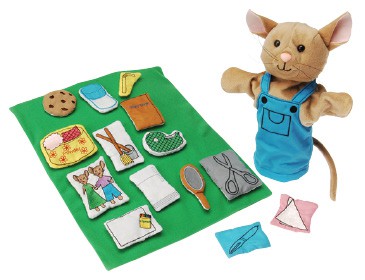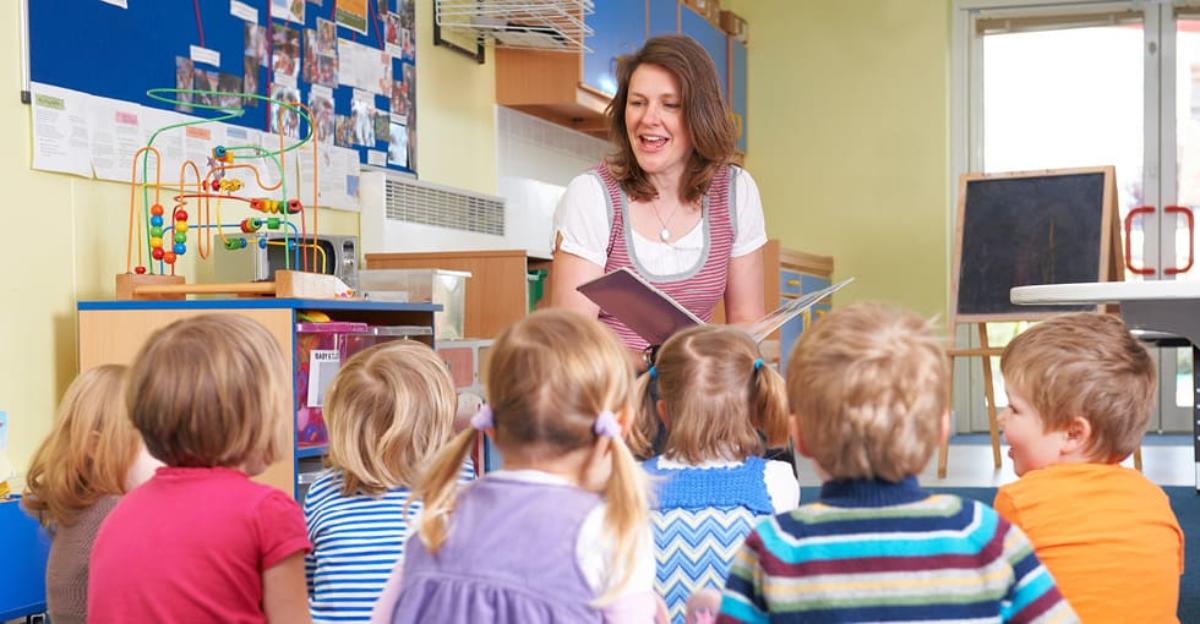The road to literary begins long before a child sees a book. Scientists tell us that babies can hear their mother’s voice in utero. Pregnant mothers are encouraged to read aloud thereby exposing their developing child to the cadence of the language and the calming tones of the mother’s speech. When babies first make their appearance, they already have developed a preference for the mother’s voice and they are primed to begin their journey to literacy. They discover the joy of cooing, gurgling and smiling that can elicit a verbal and facial response from the important adults in their lives and are the first steps in the back and forth of communication.
The sounds that make up language are first experienced in a very pragmatic setting of communicating ones needs and wants. Language evolves to spoken words that can communicate thoughts and ideas; feelings and storytelling. Receptive language-what we hear and understand-develops before Expressive Language. Rich, oral language enticingly sets the stage for understanding the written word and launches young children on the road to reading and writing skills. The development of oral language doesn’t stop when children learn to read and write. Vocabulary and communication skills should continue to advance and claim an important place in early childhood curriculum.
Oral Language, the tradition of storytelling
 Although our message to caregivers that want to support young children in developing literacy skills is “Read to Children”, parents and teachers alike may bristle -just a bit- when children ask for a favorite story to be read over and over again. Is it the familiarity of the words, the predictability of knowing what will happen or just something about the characters that appeals to a child in a very special way? Sometimes it is the ‘magic’ of the book itself- the illustrations, the cadence of the words-that is important to the child. Sometimes, there can be an intimacy and excitement of sharing that comes from hearing a story told without the book. Storytelling and communicating is a foundation of literacy development. What a special gift when a story is communicated through language, gestures and facial expressions directly to the listening child/children.
Although our message to caregivers that want to support young children in developing literacy skills is “Read to Children”, parents and teachers alike may bristle -just a bit- when children ask for a favorite story to be read over and over again. Is it the familiarity of the words, the predictability of knowing what will happen or just something about the characters that appeals to a child in a very special way? Sometimes it is the ‘magic’ of the book itself- the illustrations, the cadence of the words-that is important to the child. Sometimes, there can be an intimacy and excitement of sharing that comes from hearing a story told without the book. Storytelling and communicating is a foundation of literacy development. What a special gift when a story is communicated through language, gestures and facial expressions directly to the listening child/children.
 Making Story Time Multisensory
Making Story Time Multisensory
We are not all auditory learners and it is sometimes difficult for certain children to focus on illustrations in a book-especially if sharing books with parents and family is not a familiar routine in the home. Puppets, props and felt board pieces can help to focus a child’s attention on the story being shared. The process of telling a story rather than reading a story from a book can also lead to a more interactive, personal connection with the characters and offer an opportunity for retelling prompted by the “props”.
Flannel board story props have long been a staple in early childhood classrooms. As a teacher, it would bring a smile to my face to hear a story I had shared with the class retold at the felt board with a little ones unique interpretation of my own words and expressions.
Listening-hearing the words -repeating the words and interacting with the language of favorite stories- is the oral language foundation that emerging literacy skills are built upon.
Ginny Streckewald
Ginny Streckewald, M. Ed., holds a Masters’ degree in Specialty Education focusing on Early Intervention. She has over 35 years of inclusive teaching experience with young children, and has worked closely with premature and developmentally delayed infants and toddlers. Read more posts by Ginny Streckewald –>







Leave a Reply